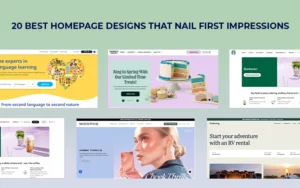Wondering how to create a great portfolio? Oftentimes, all that clients take into consideration when deciding whether you’re the designer for their project is your portfolio. That is their first encounter with your work, and if they’re not really impressed, they will just leave the portfolio aside and let someone else do the work.
How are you supposed to get paid then? Our point is that every great designer should have a great portfolio to showcase his talents and skills. In case you’re still insecure on whether or not to make a good portfolio website, put it on your list of priorities because your chances are going down every moment!
A great design portfolio website speaks of what you have done and, even more, what you’re able to do. All of your skills and potential are exposed to the attention of employers, and they really appreciate the hard work and the time you’ve invested in making a design portfolio look nice.
The more creative you get, the better your chances of improving your end-month balance will become. But how are you supposed to attract attention? Let us suggest few tricks and tips for designing a great portfolio:
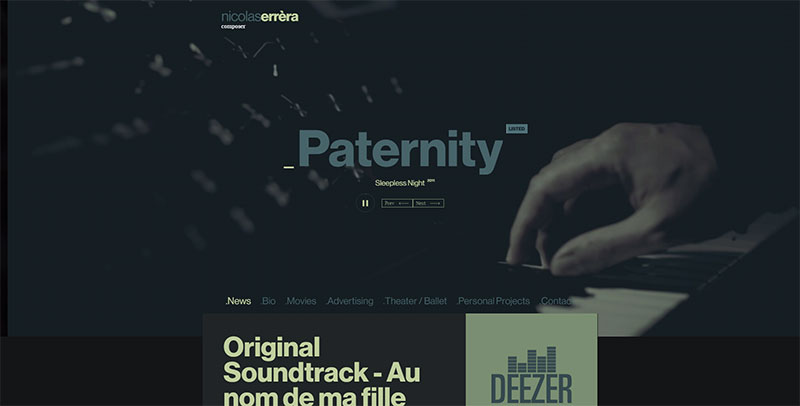
Dive into our treasure trove of blogs to uncover fresh web design ideas.
Table of contents
- Choose The Best Of Your Work
- How To Create A Great Portfolio By Including Case Studies
- The Ideal Time To Finish A Project
- Provide Easily Accessible Contact Information & Call-to-Action
- How To Create A Great Portfolio By Adding Videos
- Think Of Social Media Integration
- Don’t Forget Easy Navigation
- How To Create A Great Portfolio By Recommending Yourself
- How To Create A Great Portfolio By Updating It
Choose The Best Of Your Work
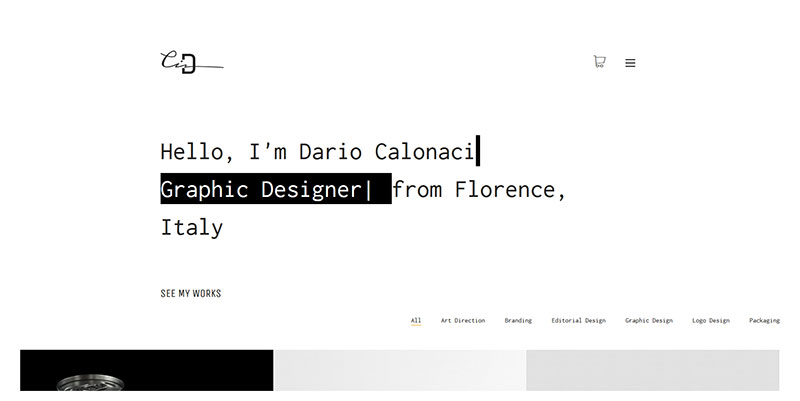
Great portfolios are not supposed to display all of your previous work, but a hand-picked collection of best pieces.
As a successful designer, you might feel tempted to include everything you have, just as a starter likes to expose his entire work just to prove that experience is beyond any doubt.
Let’s think about it: What would you achieve by showing mediocre work? You will only chase clients away, and make them think they are about to receive poor quality themselves.
Include links to your best, completely polished websites.
Your website is live? Why not share it? Why not reveal a place that uses your work and creativity? That’s a much better strategy than simply explaining what you’ve done, and it attracts much more attention!
How To Create A Great Portfolio By Including Case Studies

Instead of throwing your outstanding projects here and there, create your own case study. Case studies expose your proficiency and the fact that you actually understand the design principles you’re applying.
Another benefit is that prospective employers get to see all phases of a project’s process. Instead of a challenging result, they have no idea how much you struggled for. For them, it would be a sign that they can trust you, and rely on you to finish the work even under the most challenging circumstances.
Also read: Most Common Design Portfolio Mistakes to Avoid
The Ideal Time To Finish A Project
While portfolio creation, along with price, this is the first question a client will ask when offering the project. They need to have a realistic timeframe, and know what to expect in separate fractions of that period. Some of them will even suggest their own deadline; it depends on the size and nature of the project.
In order to answer the question accurately, you need to stand in their shoes and take a look from their perspective. That also means you’ll have to provide details and give a hint that there is a chance to finish as soon as possible.
Remember that time is associated with cost, so if they want it to happen faster, ask for a higher price. Be careful with compromising, because you’ll never be 100% sure of the time an unfamiliar project would take, and because clients are whimsy and will always try to push you in a corner.
Also read: How to Customize a WordPress Theme for Your Freelance Portfolio
Provide Easily Accessible Contact Information & Call-to-Action
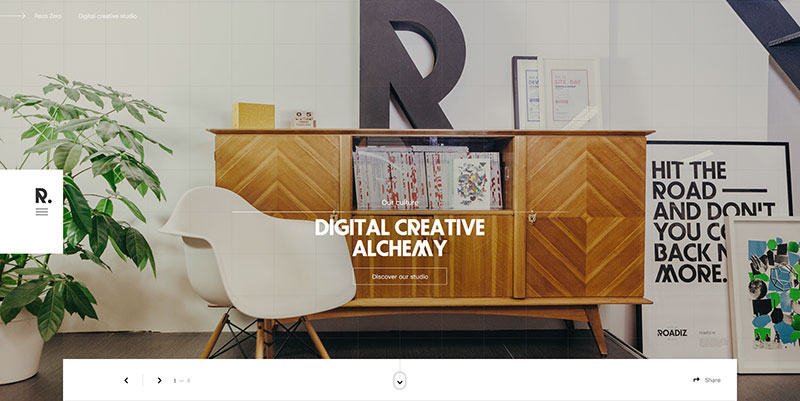
Having in mind that the mere purpose of having a portfolio is to attract clients, why would you make it difficult for them to locate your contact information? Put it in an easily accessible location, and invite them to call you even without thinking about it.
The more action is necessary to locate your credentials, the bigger the chance that they will turn to somebody else, especially if we are discussing a highly competitive project.
The same counts for calls-to-action. If you want your clients to perform a specific action (to respond to your proposal, for instance), why not be straightforward about it? Leave the traditional contact information approach aside and move to an advanced solution, namely a prominent button that can lead to a quote or a proposal.
Having a specialized link like that helps processing of information, so don’t be establishing some real-time contact with your employers. There is a reason why they actually landed on your website, and you’re losing nothing by discovering what that reason was.
Check out this blog to learn about best practices for website design.
How To Create A Great Portfolio By Adding Videos
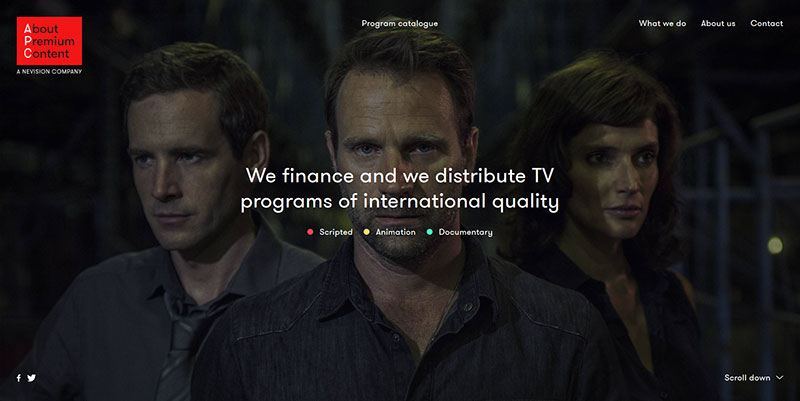
Are you even aware of the personal dimension that videos are adding to your online portfolio creation? You can be as creative and successful you want, but without a video, employers will not be able to give your work a face to rely on.
The usual hiring process involves an interview, and that’s already enough of a sign that companies do want to deal with you. Even the most successful designers won’t get a job if the employer happens to dislike their personality.
Videos add a human vibe, and they convey a personal message. The traditional approach is to add images and photos, but that strategy has seen better days. The trendy tools of our time are videos, and the way in which they help you communicate with employers is just amazing.
Also read: Design Inspiration: Great Minimalist Portfolio Pages
Think Of Social Media Integration
Since you’re working on the web, you are aware of the influence social media can have on your success, like it or not. Clients spend time on social networks, and they’re even using them to find the designer they need. Therefore, it is essential to tie your portfolio with all social profiles, especially LinkedIn, Google +, Twitter, Facebook, or any similar service.
The best way to integrate them is using icons, or importing links on dot. The same counts in the opposite direction: each of your professional social media profiles should contain a link to your website, placed where users will definitely find it and feel motivated to use it.
A good recommendation to make in this aspect is that you should leave private profiles aside (we all post stuff that are not really professional, don’t we?).
Don’t Forget Easy Navigation
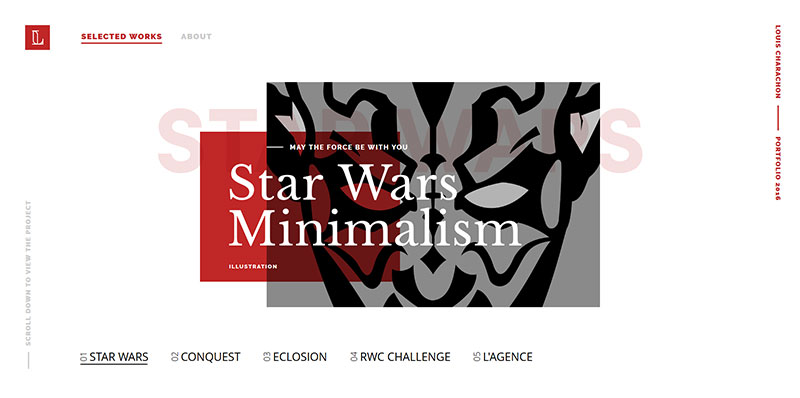
Yes, you probably know that, but we thought it was worth to mention it because some famous sites thought they knew it too. Giving clients a portfolio they cannot navigate will take them away in light speed. They won’t even care how good your work is, because they weren’t able to find it at the first place.
How To Create A Great Portfolio By Recommending Yourself
While being recommended by satisfied clients is the shortest way towards being hired again, you should also consider the option of recommending yourself. Be personal, and be honest! Include quotes from satisfied customers and testimonials to be published on your website.
This way, you’re inspiring employers to trust your experience and to have high expectations about the quality of your work.
Also read: Free Tools to Help You Build the Best Portfolio
How To Create A Great Portfolio By Updating It
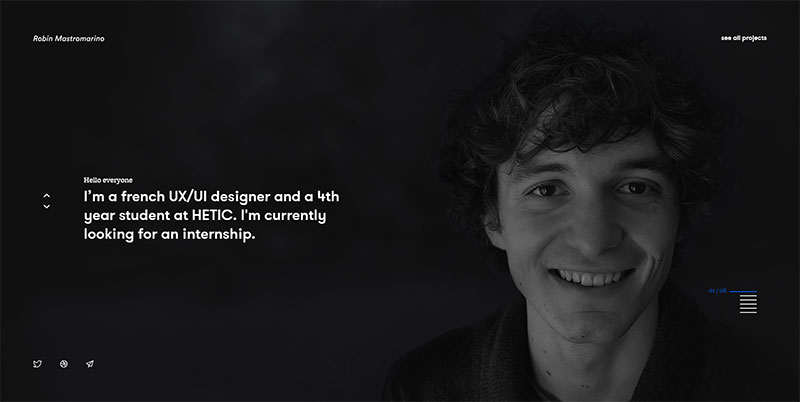
Think of your portfolio as your garden-it needs a fresh touch now and then! Go through it from time to time, and be critical about pieces that need to be added or removed. Don’t forget to include outstanding pieces of recent work, and to remove some that look old and incompetent.
Let’s not forget that having a good portfolio is a huge incentive for a designer to improve his work. While he is working on a new piece, he approaches it with the idea of prioritizing it as a potential master addition to his collection. As you already guess, many designers used this strategy to earn more, and to stop working around the clock. We hope you have now understood how to create a great portfolio.
Like this post? Check out more amazing web design content here.


